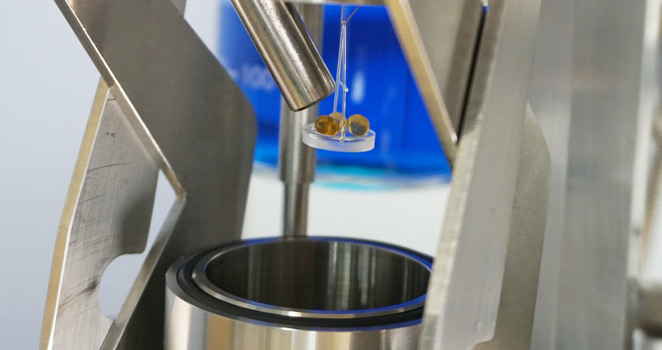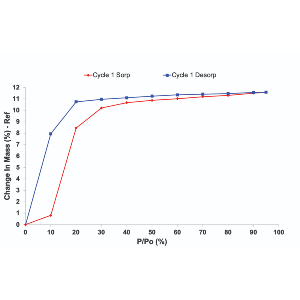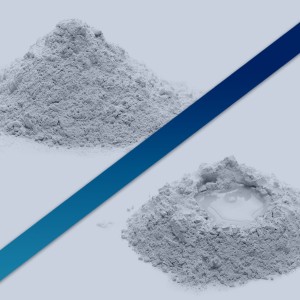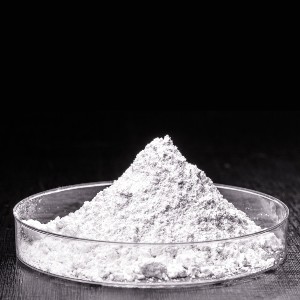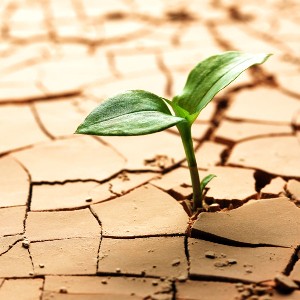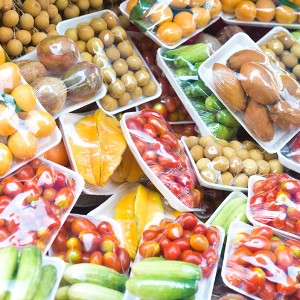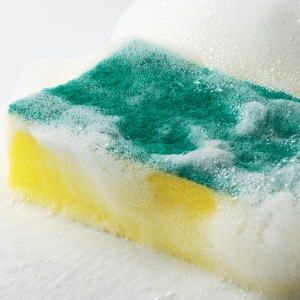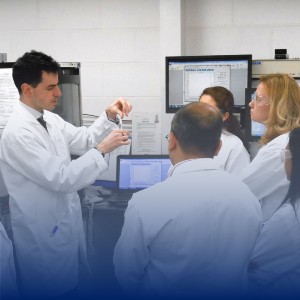
Sorption Overview Series #1
The Basics: Gas and Vapor Sorption Techniques
Sorption properties are essential for determining key performance factors across a range of industries and play a vital role in the research and development of advanced industrial solutions.
In this new blog series, we explore and compare the various techniques material scientists use to measure the sorption of vapors and gases in different solids. Join us as we dive into these methods and evaluate the strengths and limitations of each.
In the first article of the series, we introduce the fundamentals of sorption techniques to provide a solid foundation for our overview of advanced gas and vapor sorption methods.

Sorption Techniques
|
We begin this series by clarifying key terms related to sorption variables and how probe molecules are introduced into a system. This foundation sets the stage for a broader look at common measurement techniques, including their benefits and limitations. Throughout this series, we will use the terms “gas” and “vapor” interchangeably to refer to molecules in the gaseous phase used to probe the material—also known as the sorbate. Strictly speaking, a gas is a fluid that cannot be liquefied by increasing its pressure (i.e., a fluid above its critical temperature). Several commonly used experimental techniques measure gas and vapor sorption, including:
These techniques have wide practical applicability: first, in determining fundamental material properties such as surface area, porosity, surface energy, hygroscopicity, and contact angle; and second, in assessing a material’s performance for applications that rely on sorption behavior—such as heterogeneous catalysis, API stability, water harvesting, and gas separation. The data obtained from different techniques can vary, and a variety of factors should be considered when choosing the most suitable method. Each technique has its own set of advantages and limitations that influence this decision. Factors that guide this choice include: |
|
|
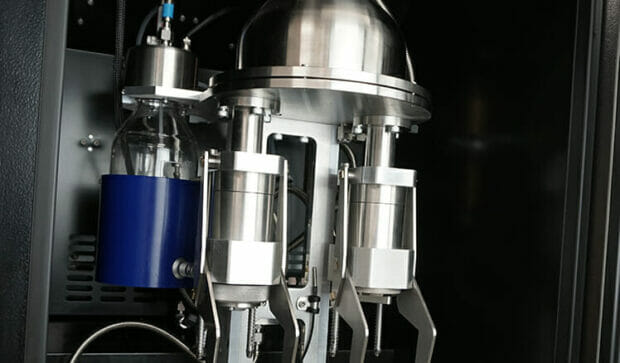
Stay tuned for the next article in the Sorption Series
Check back soon to catch the next article in the series: Understanding Sorption Terminology: Temperature and Pressure.
In the meantime, benefit from a range of free educational sorption materials on our online eLearning Portal: The Sorption Academy.
Use the link below to access this for free today.
